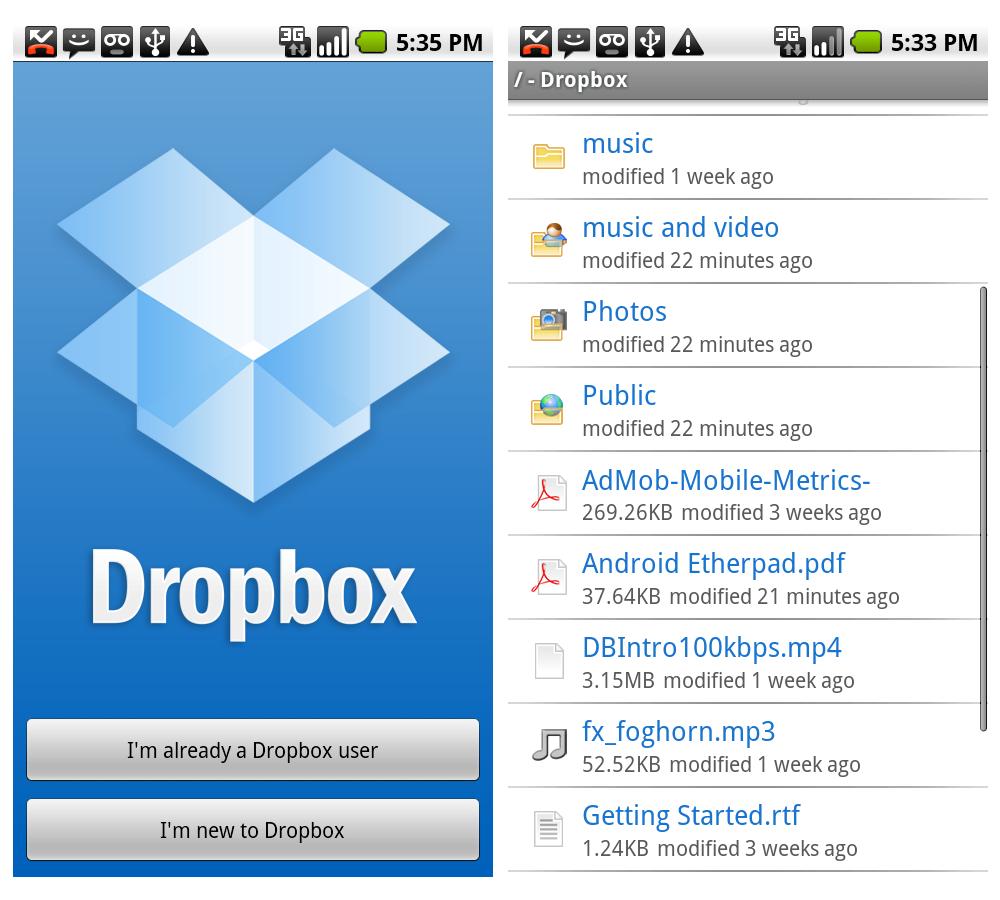


“One of the biggest advantages I have is that I understand how to negotiate a contract,” she says. Meassick also found she was able to leverage her experience as a CMO in her life as a creator.

“That really helped, especially during the pandemic.” This can attract significant contracts, from six months to a year,” she says. That’s when she began to see the potential to turn her creative outlet into a new source of income that was more than a part-time side hustle. “Being authentic became a really important part of being able to establish a community,” Meassick says. Then she learned how to adjust her content on each to cater to the different expectations of the audiences. As she began sharing more content about herself and her life, she found an even broader audience on other social media platforms.

But she quickly saw the opportunity to expand her scope from food to lifestyle. “When you have a newborn, you have a lot to do, but I needed some sort of outlet,” she recalls.Īfter posting photos of her meals to Instagram, she began to get requests for her recipes and her following grew organically. When Jenny Meassick first launched her Chocolate and Lace blog, it was only meant to be a fun, creative hobby while she was on maternity leave from her job as chief marketing officer at a major American financial services company. We spoke with veteran creators about learning to negotiate, the power of raising your rates, and the value of collaboration over competition. There are now more creator-supporting apps than ever, but less certainty about how to leverage them to make a living-especially at a time when revenue from brand deals seems to be waning, but direct-to-follower engagement is on the rise. But if you’re a new creator, knowing how to set the right pricing to attract buyers isn’t an exact science. Many have reported ways that they’re using new platforms-including Etsy, Patreon, and Dropbox Shop-to connect with the people who most value their work. In our series on creators and the passion economy, we’ve been looking at how creators are finding their niche, attracting true fans, and staying inspired to sustain their passion. And sometimes, that can result in undervaluing the work you do. How do you know what your work is worth? If you’re just starting out as a creator, it’s not easy to put a price on something that feels priceless, whether it’s your time, your ideas, or the art you create.


 0 kommentar(er)
0 kommentar(er)
